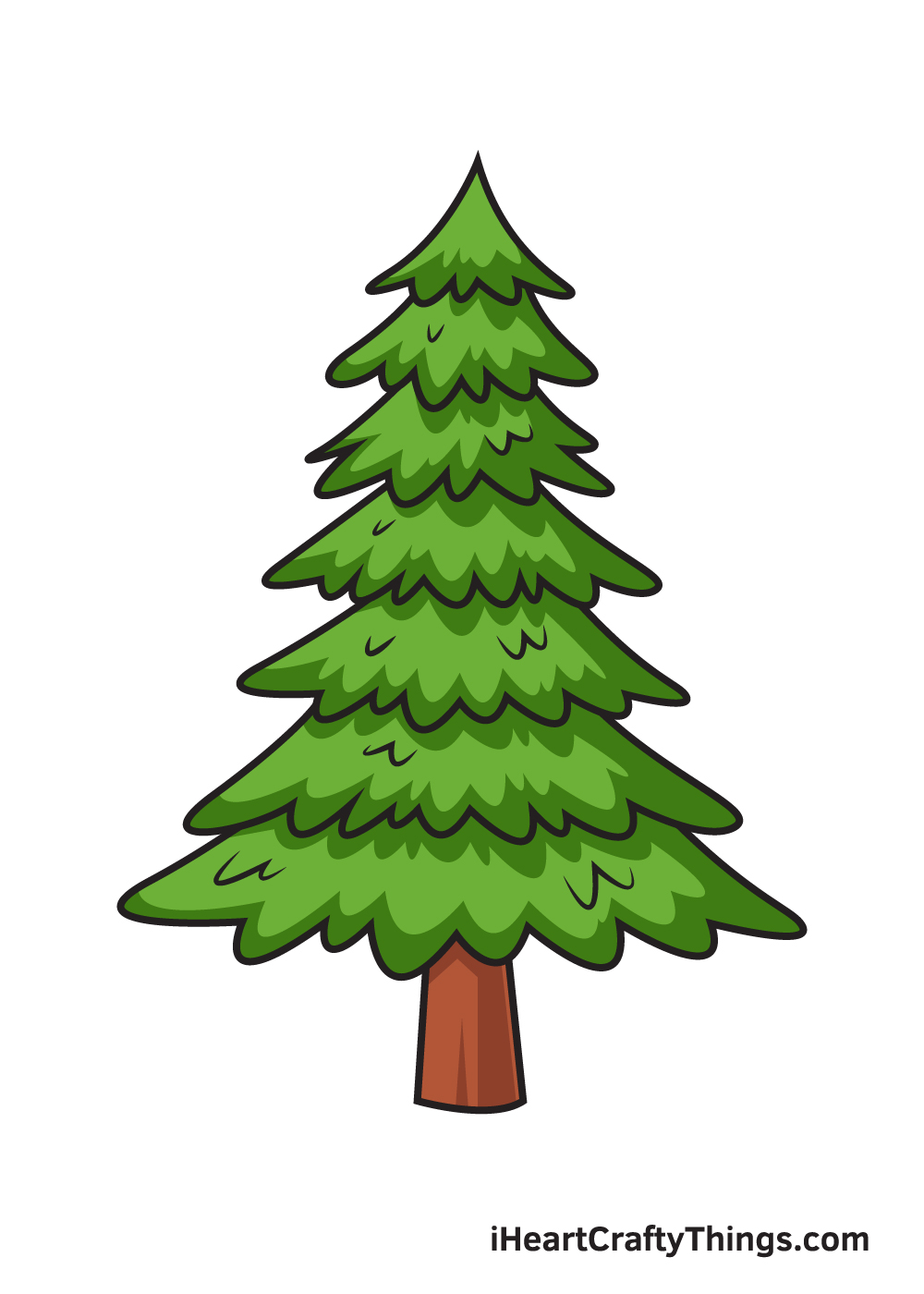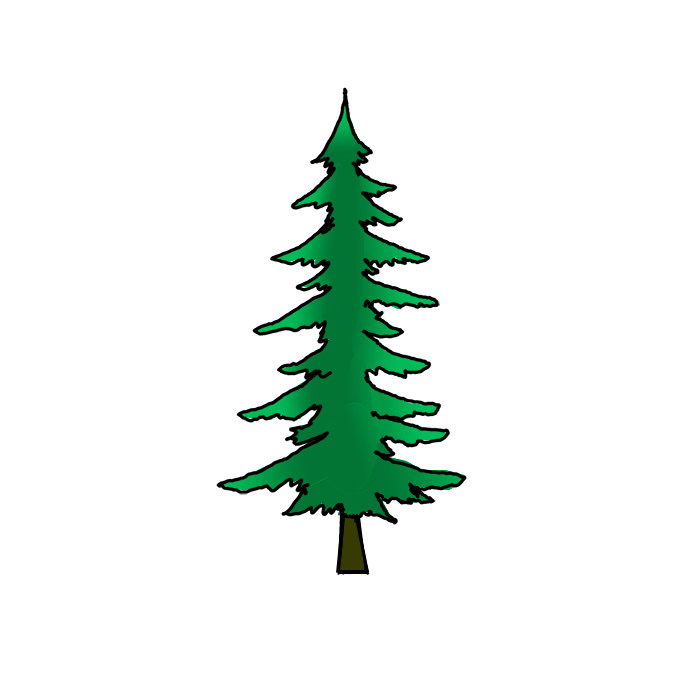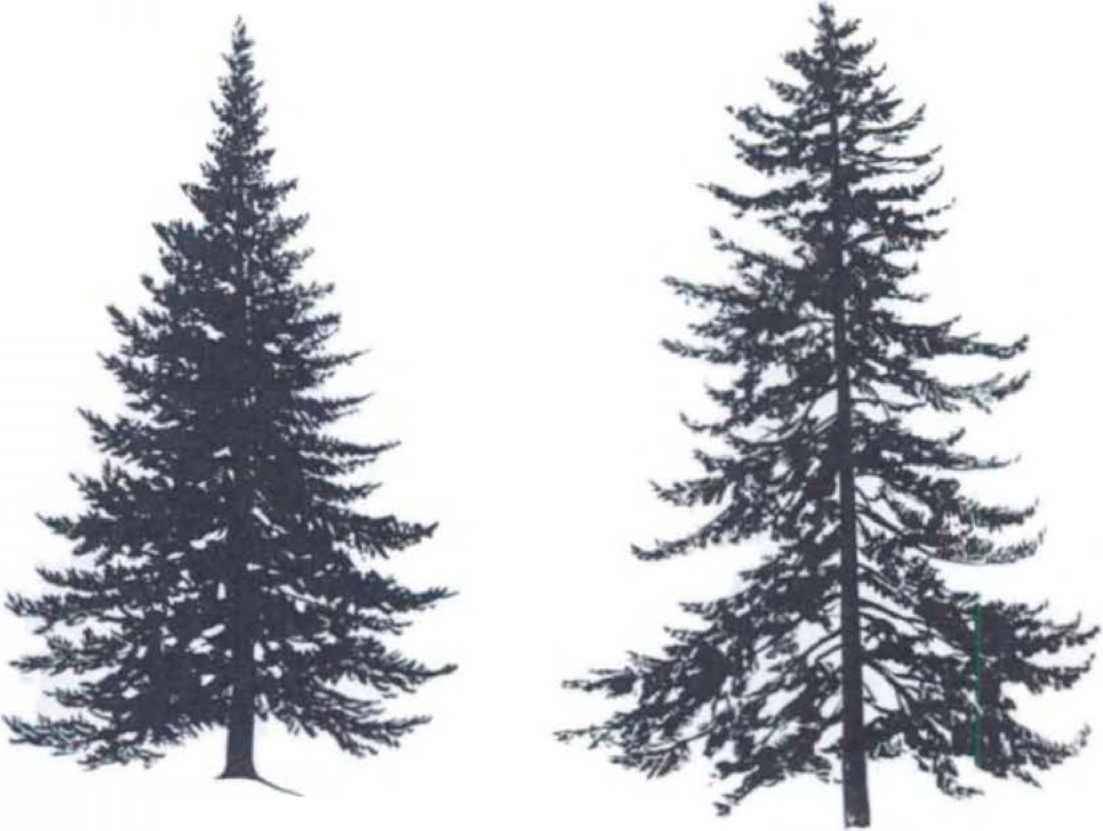Pine tree silhouette drawing spruce forest trees tattoo small clipart silhouettes sketch simple pencil evergreen ponderosa medicinalplantsarchive tattoos vector red
Table of Contents
Table of Contents
Are you a nature lover who wants to bring the beauty of pine tree forests to your artwork but has no idea where to start? Drawing a pine tree forest may seem daunting, but with the right techniques and a little practice, you can create stunning illustrations of these majestic trees. In this blog post, we’ll show you how to draw a pine tree forest step by step, from the basic shapes to adding details and textures.
Understanding the pain points of how to draw a pine tree forest
Drawing a pine tree forest can be challenging, especially for beginners. One of the main pain points is understanding the different shapes and sizes of pine trees and how to make them blend together in a natural way. Another pain point is adding the right textures to convey depth and detail in your drawing. Without the right guidance, it can be easy to get lost in the details and end up with a confusing mess of tree branches and foliage.
How to draw a pine tree forest
First, start by drawing the basic shapes of your trees. Pine trees typically have a narrow, triangular shape with a thick trunk, so start with a triangle shape for the top of your pine tree and add a straight line for the trunk. Next, draw smaller triangles underneath the initial triangle to represent branches. Repeat this process for multiple trees in different sizes and shapes until you have the desired forest scene. Once you have the basic shapes, add details like needles and branches to your trees. Start by drawing simple lines extending from the branches for the needles, and then add more detail by making each line thicker and denser to represent the needles. Use small strokes and varying thicknesses to add texture to the branches and trunk for a more realistic look. To add depth and detail to your drawing, use varying shades of green to represent different layers of foliage. Use light shades for the outermost layers and darker shades for the inner layers to create a sense of depth and dimension. Finally, add shadows and highlights to the trees to make them stand out and add a three-dimensional effect to your drawing.
Summary of how to draw a pine tree forest
To draw a pine tree forest, start with basic shapes for the trees, then add details like needles and branches. Use varying shades of green and small strokes to add texture, depth, and dimension to your drawing. Finally, add shadows and highlights to create a more realistic look. Remember to practice and experiment with different techniques until you find the style and approach that works best for you.
How to draw a pine tree forest for realistic landscapes
When drawing a pine tree forest for realistic landscapes, start by studying reference images or going outside to observe the trees in nature. This will give you a better understanding of how the trees grow and how they interact with each other. Take note of the different shapes and sizes, the way light affects the branches and foliage, and the patterns of the needles. To add even more realism to your drawing, try adding other elements like mountains, hills, and rivers in the background. Use different shades of green and brown to represent different types of foliage and terrain, and use shadows and highlights to create depth and texture.
Using grid techniques for drawing pine tree forests
Using grid techniques can be helpful when drawing pine tree forests, especially if you want to create a more detailed or complex composition. Start by drawing a grid over your reference image or sketch, then replicate the lines of the grid onto your paper. This will help you create more accurate proportions and placement of your trees and other elements. Once you have the basic shapes, you can add details and textures using the techniques mentioned earlier.
Creating depth in a pine tree forest drawing
To create depth in a pine tree forest drawing, start by using lighter shades of green and small strokes for the outermost layers of foliage, then gradually add darker shades and thicker strokes for the inner layers. Use shadows and highlights to add depth and dimension to the trees, and use atmospheric perspective to make the trees in the background appear smaller and less detailed than the ones in the foreground.
Adding texture and detail to a pine tree forest drawing
To add texture and detail to a pine tree forest drawing, use varying strokes and thicknesses to create depth and dimension in the needles, branches, and trunk. Use shadows and highlights to create contrast and make the trees stand out, and add other elements like rocks, moss, and fallen leaves to add even more texture and detail.
Question and Answer
Q: How many types of pine trees are there?
A: There are hundreds of species of pine trees around the world. The most common species in the United States include Eastern White Pine, Virginia Pine, and Lodgepole Pine, among others.
Q: What’s the best way to draw overlapping trees in a pine tree forest?
A: The best way to draw overlapping trees is to start with the trees in the foreground and work your way back. Use lighter shades of green and smaller strokes for the trees in the background to create a sense of distance and depth. You can also use other elements like shadows and highlights to make the trees appear more three-dimensional.
Q: How do you draw realistic pine tree needles?
A: To draw realistic pine tree needles, start with small lines extending from the branches and gradually make them thicker and denser to create a sense of depth and texture. Vary the thickness and direction of your strokes to make the needles look more natural, and use lighter shades of green for the outermost layers and darker shades for the inner layers.
Q: How do you add shadows and highlights to a pine tree forest drawing?
A: To add shadows and highlights, first determine the direction of your light source. Use darker shades of green and brown to create shadows where the trees overlap or where the light is blocked, and lighter shades to create highlights where the light hits the tops of the trees or other surfaces. Use small strokes and blending techniques to create a more realistic effect.
Conclusion of how to draw a pine tree forest
Drawing a pine tree forest can be a rewarding and relaxing activity that allows you to express your love for nature and create stunning artwork. By following the techniques and tips mentioned in this blog post, you can learn how to draw pine trees and create beautiful forest scenes that capture the majesty and tranquility of these incredible natural wonders.
Gallery
Pine Tree Drawing - How To Draw A Pine Tree Step By Step

Photo Credit by: bing.com / iheartcraftythings
How To Draw A Pine Tree - Step By Step Easy Drawing Guides - Drawing Howtos

Photo Credit by: bing.com /
Pines Sticker By CarsonSloas In 2021 | Pine Tree Art, Pine Tattoo, Tree

Photo Credit by: bing.com / tree stickers pines sticker pine drawing silhouette tattoo redbubble line simple trees forest tattoos designs choose board small sold
Forest Tree Drawing At GetDrawings | Free Download

Photo Credit by: bing.com / pine tree silhouette drawing spruce forest trees tattoo small clipart silhouettes sketch simple pencil evergreen ponderosa medicinalplantsarchive tattoos vector red
Pine Tree Line Drawing At GetDrawings | Free Download

Photo Credit by: bing.com / tree pine tattoo fir douglas drawing outline line trees silhouette pines forest pinheiro tattoos redbubble silhueta tatuagem tatuagens getdrawings arvore






